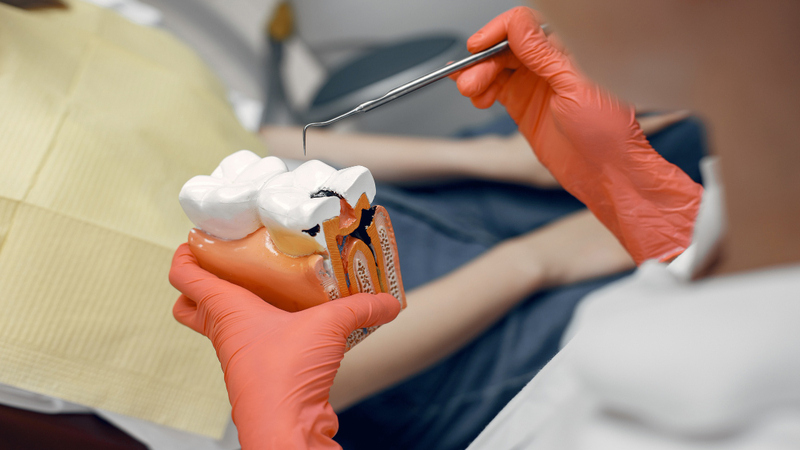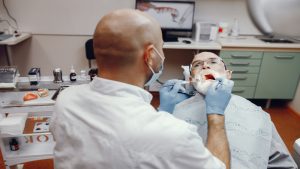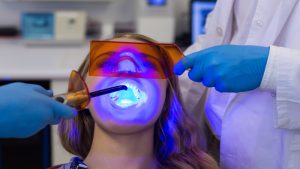Introduction:
Welcome to the informative guide on understanding dry sockets after tooth extraction. If you’ve recently undergone a tooth extraction procedure, you must be aware of the potential complication known as dry socket. In this blog post, we discuss the causes of dry sockets, their symptoms, and the treatment options available to alleviate discomfort and promote healing.
Causes of Dry Socket:
After tooth extraction, a blood clot forms in the socket to protect the underlying bone and nerves as the area heals. However, in some cases, this blood clot can become dislodged or dissolve prematurely, leaving the socket exposed. Several factors can increase the risk of developing dry socket, including:
- Poor Oral Hygiene: Inadequate oral hygiene practices post-extraction can disrupt the blood clot, leading to a dry socket.
- Smoking: Tobacco use, particularly smoking, hinders blood flow and slows the healing process, making smokers more susceptible to dry sockets.
- Trauma: Excessive force during the tooth extraction procedure or physical trauma to the extraction site post-surgery can dislodge the blood clot.
- Infection: Infection at the extraction site can interfere with proper healing and increase the likelihood of dry sockets.
Symptoms of Dry Socket:
Recognizing the signs and symptoms of a dry socket is crucial for seeking timely treatment. Common symptoms include:
- Intense throbbing pain that radiates from the extraction site and may extend to the ear or jaw.
- Foul odor or taste in the mouth.
- Visible empty socket where the blood clot should be.
- Delayed healing and persistent discomfort beyond the expected recovery period.
Treatment Options:
If you suspect you may have developed a dry socket, it’s essential to consult your dentist promptly. Treatment options for dry sockets may include:
- Pain Management: Your dentist in Stoke on Trent may prescribe pain-relieving medications or recommend over-the-counter painkillers to alleviate discomfort.
- Irrigation and Medication: Cleaning the socket and applying medicated dressings can help promote healing and prevent infection.
- Avoiding Irritants: You may be advised to avoid certain foods, smoking, or using straws to prevent further irritation to the extraction site.
- Follow-Up Care: Regular follow-up appointments with your dentist are essential to monitor healing progress and ensure proper recovery.
Conclusion:
Don’t let a dry socket disrupt your post-extraction recovery. If you’re experiencing persistent pain or discomfort after a tooth extraction, contact Moorland Dental Clinic in Stoke on Trent for expert dental care. Our experienced team is dedicated to providing personalized treatment to help you achieve optimal oral health.
Contact Moorland Dental Clinic today for compassionate and professional dental services.
Contact Info:
Website: https://moorlanddentalclinic.co.uk/
Contact: 01782 815945
Address: 25 Moorland Rd, Burslem, Stoke-on-Trent ST6 1DS
Email: info@moorlanddentalclinic.co.uk




